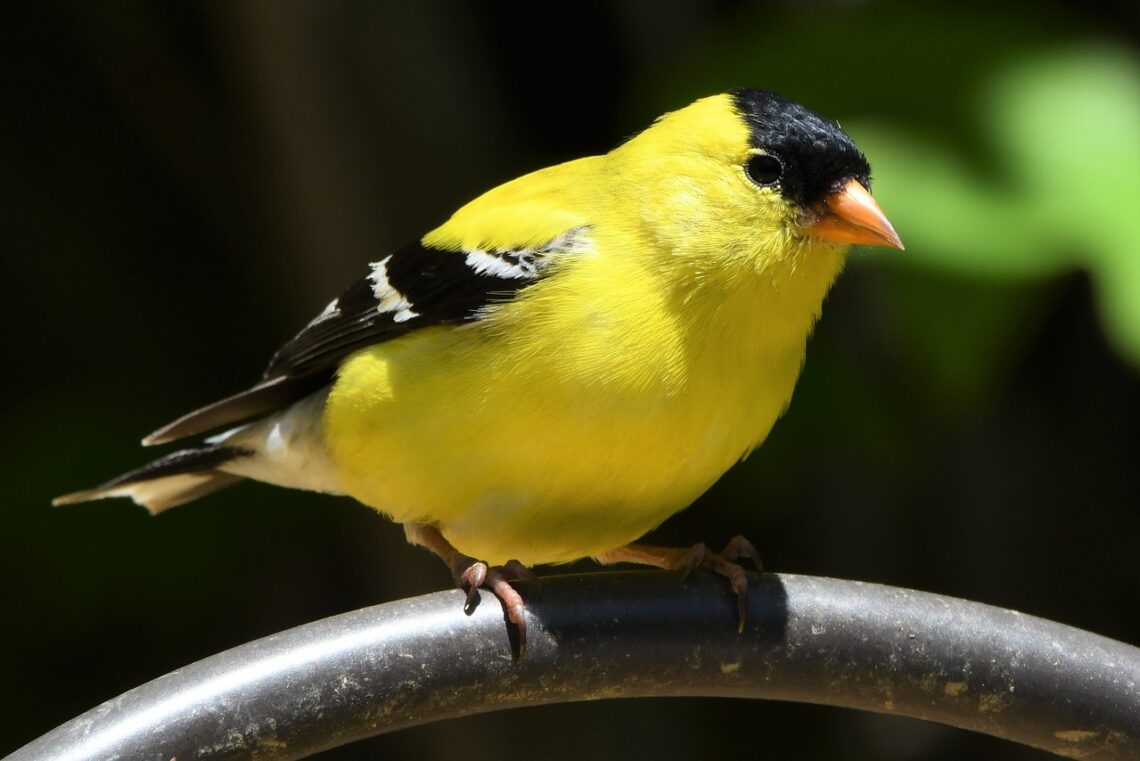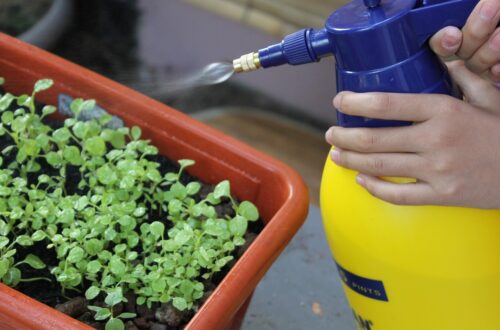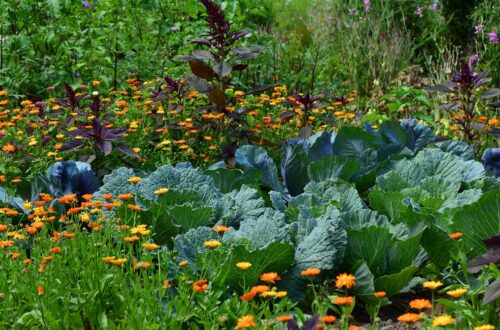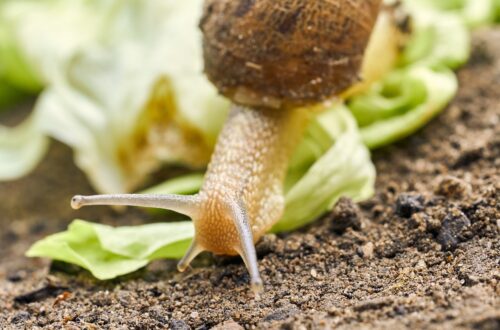Spring, summer, winter or fall, learn how to attract finches to your garden in any season!
Finches are sprightly little birds that bring playful antics to backyard bird feeders and they often stick around gardens throughout the winter. American goldfinches are perhaps the most famous finch variety in North America, but there are other native finch species, like pine siskins and grosbeaks. If you want to bring more color to your garden and enjoy the wild acrobatics of the yellow goldfinch bird and other finches, follow along with the tips in this guide and build yourself a finch habitat garden!
Affiliate disclosure: As an Amazon Associate, I may earn commissions from qualifying purchases.
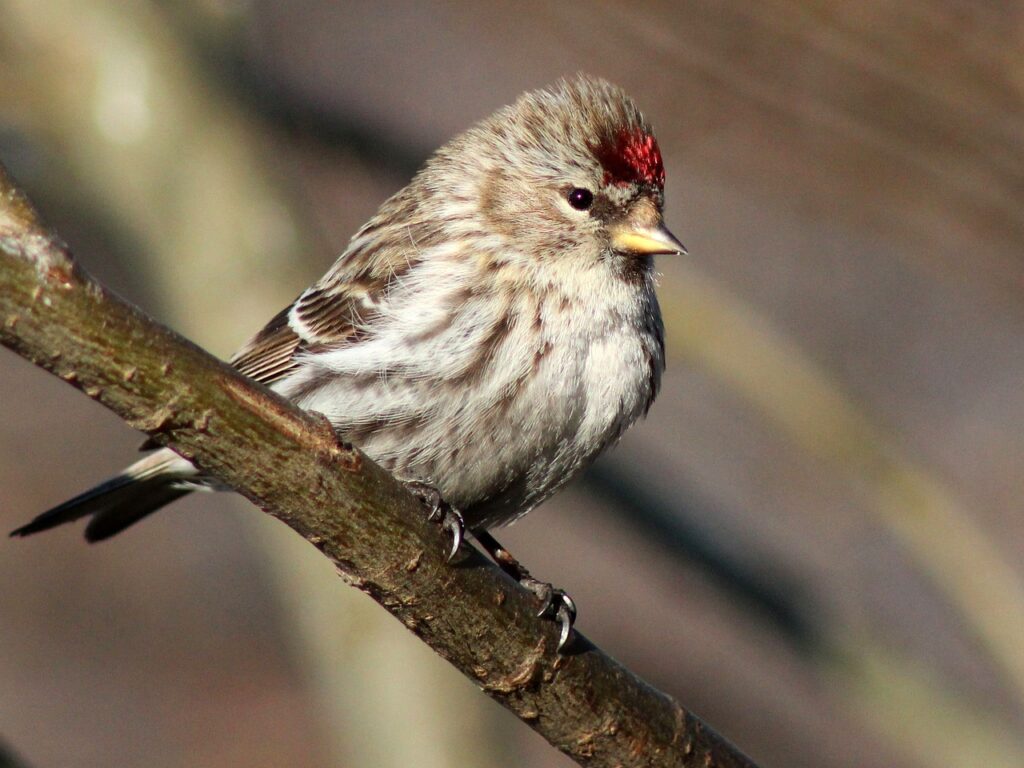
How Do You Attract Finches?: 7 Easy Tips to Know
Compared to other backyard birds, finches are relatively small and they can be a bit finicky about what they eat. They are also more likely to be startled by human activity, so if you want to see more finches, it’s a good idea to install feeders and grow plants in an out of the way area of your garden. However, with the right combination of shelter, water and food, you can attract a wide variety of finches to your garden… an exciting prospect if you love birdwatching, or you just want to see more wildlife in garden and backyard spaces!
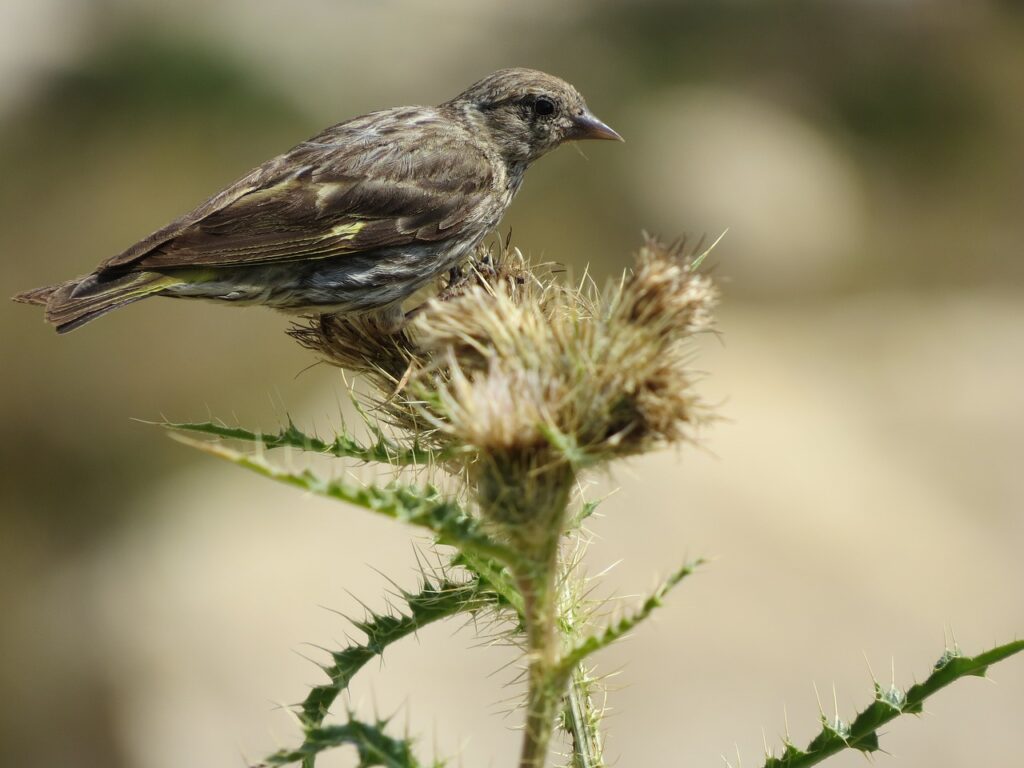
1. Grow seed-bearing plants.
Finches will sometimes feed on tree buds, insects and maple sap, but these birds are primarily seed-eaters and they prefer nibbling on seeds to pretty much anything else. When building a finch habitat garden, keep this in mind and make sure to include lots of seed-bearing, native plants in your landscape design. What plants are native to your region will vary depending on where you live, but some of the best plants to grow for goldfinches and other finch varieties include:
- Coneflowers
- Black-eyed Susan
- Thistles (some thistles can be invasive, so be sure to stick to native varieties and grow them in a section of your garden where they won’t prickle your fingers!)
- Joe Pye weed
- Sunflowers, particularly black-oil sunflower varieties
- Goldenrod
- Asters
- Cup plant
- Native grasses and other ornamental grasses
Tip: While finches will gladly visit many seed bearing plants, they can sometimes get entangled in burdock when feeding. For this reason, you may want to pull burdock plants out of your garden if your goal is to attract finch birds!
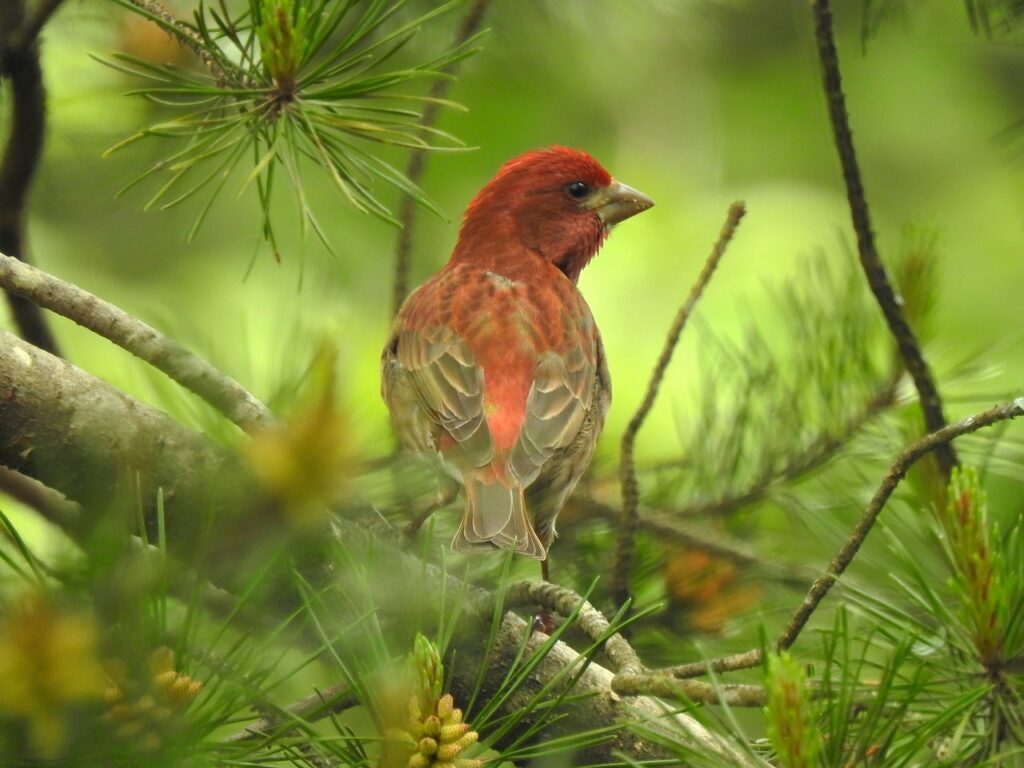
2. Add sheltering trees.
Finches aren’t as interested in nesting boxes as many other bird species, although some finch varieties will sometimes take up residence in finch houses or an old bluebird box. But while bird houses may not be particularly attractive to finches, these little birds still need a safe place nest.
Finches generally like to nest in natural spots, like the crooks in deciduous and evergreen tree branches or in shrubby bushes. In the wild, finches congregate in grassy, field-like spots and creating a habitat that has a mix of tall grasses and sheltering trees will be hard for finches to resist.
While a variety of different trees will lure finches in, if you’re adding new trees to your garden, you may want to consider:
- Native evergreens, like firs and spruces
- Elms
- Cedars
- Alders
- Oaks
- Birches
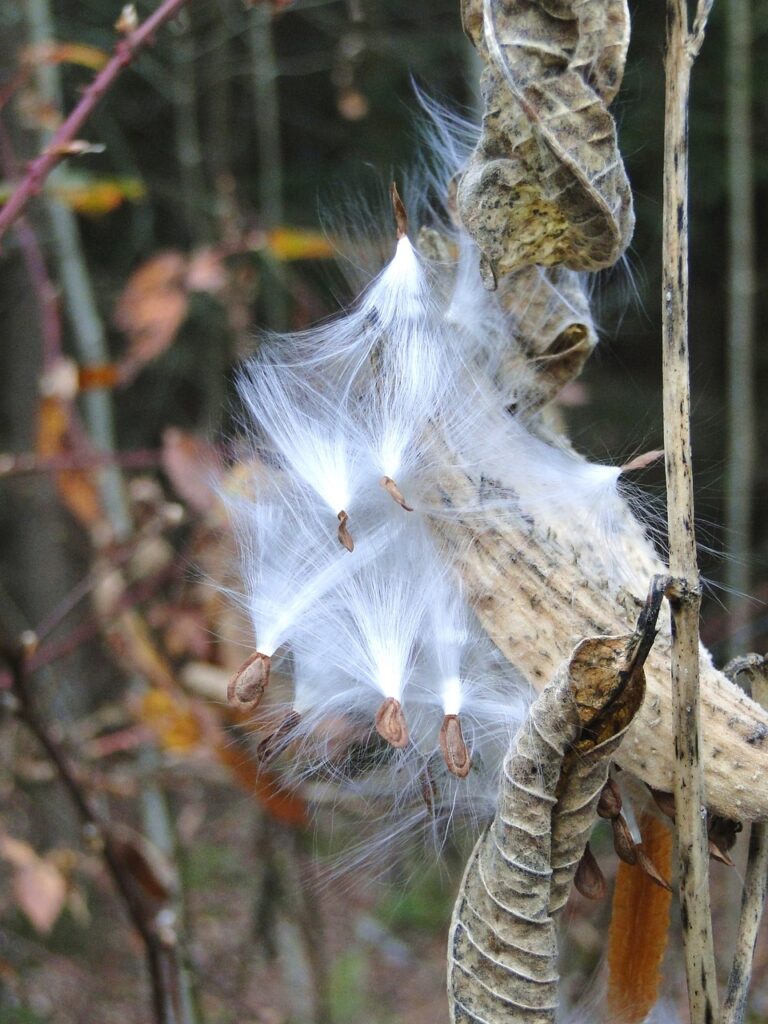
3. Keep plants for natural nesting materials.
In the world of bird nests, finches like it plush. In fact, these fancy little birds love lining their nests with cushy materials, like the down from certain plants and flowers. Growing these nesting material plants will ensure that baby finches have the softest nests around:
- Dandelions
- Milkweed
- Cattails
- Native thistles
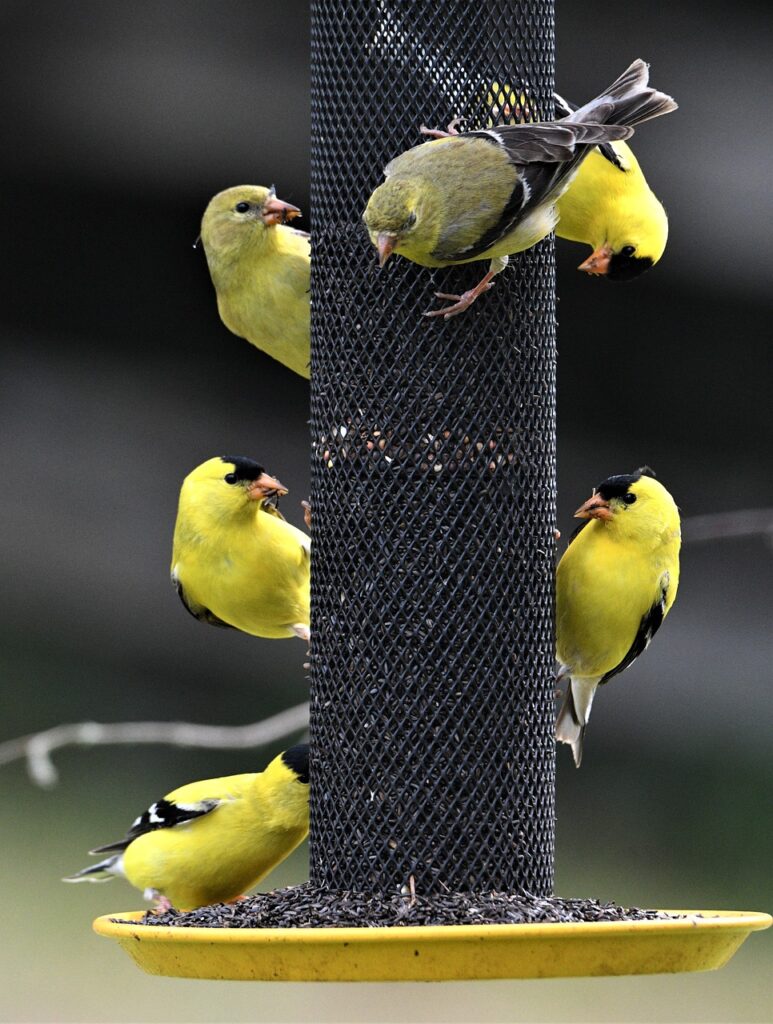
4. Install a finch feeder or two.
The best foods for wild birds are foods that birds can gather themselves… like seeds from certain flowering plants. However, you can make your garden even more attractive to goldfinches and other finch species by installing the right bird feeders and using the right bird seeds.
Finches will feed on different bird seeds, but they’re particularly fond of nyjer (aka thistle) seeds and black oil sunflower seeds. Thistle or sock feeders are a must for displaying tiny thistle seeds, while sunflower seeds can be added to hopper feeders or tube feeders.
Tip: If finches seem reluctant to visit your feeders, move your finch feeding station near trees or shrubs. The extra greenery will make birds feel safer and more inclined to eat!
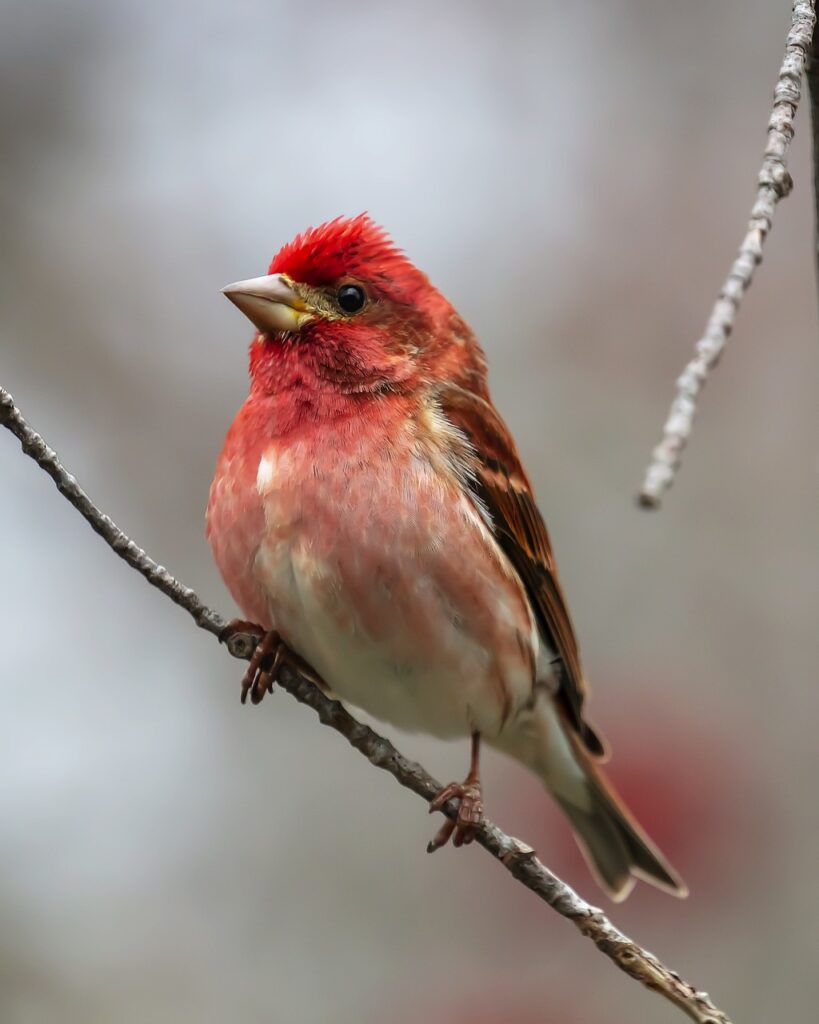
5. Keep feeders clean.
One thing to keep in mind with thistle seeds is that they are prone to clumping. Shaking feeders from time to time and adding ping pong balls inside thistle feeders can keep seeds from turning into a dense mat. However, you’ll still want to clean feeders out regularly with a stiff brush and hang feeders up in a sheltered spot where they won’t be subjected to rain.
Tip: To avoid seed waste, only fill thistle feeders up halfway and store seeds in an air-tight container for freshness. You may also want to hang a weather guard over sock feeders to keep seeds nice and dry!
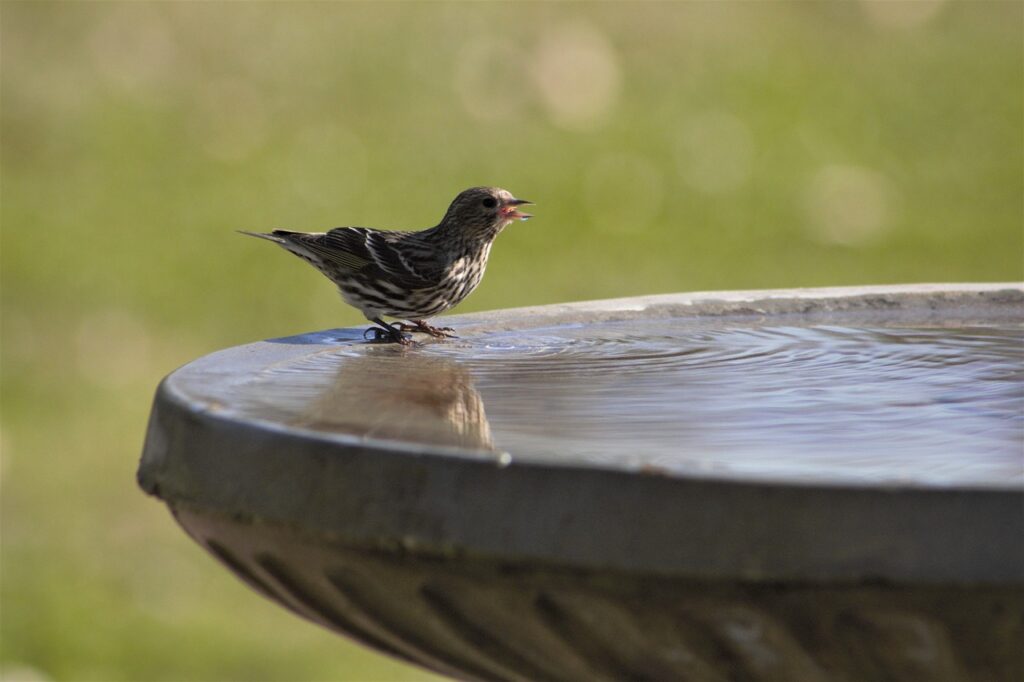
6. Add water.
Of course, finches also need a clean source of water and adding a bird bath or two can make your garden even more irresistible to these little birds. For extra credit points, consider adding a heated bird bath in winter as well since finches will often not migrate.
Tip: If you’ve ever seen an American goldfinch in winter, you know these bright birds lose their characteristic canary-yellow plumage during the cooler months of the year. Goldfinches are often a dull brown to gray color in winter. Also, the female goldfinch bird is a more muted yellow color than males in every season!
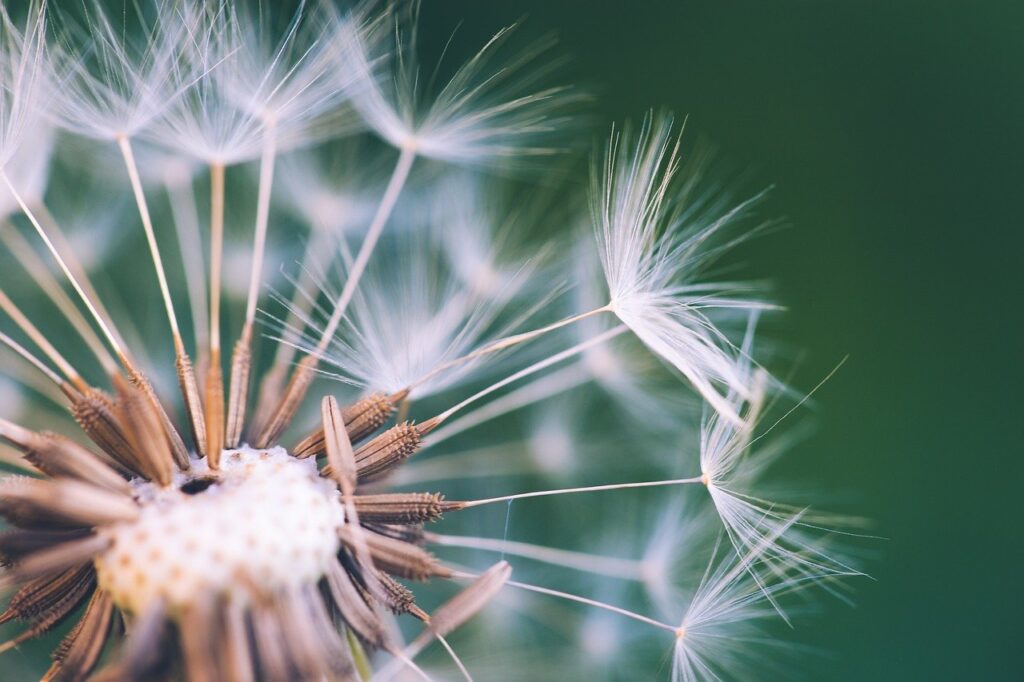
7. Avoid chemicals.
Goldfinches often eat dandelion seeds and use dandelion fluff to line their nests. But if herbicides are used on those dandelions, goldfinches may run into trouble. To avoid this, keep your garden as organic as possible, skip herbicides and consider allowing dandelions to grow for your goldfinch friends.
Aside from herbicides, pesticides, house pets and bird netting can also prove hazardous to goldfinches and other small birds. When wildlife gardening, choose organic pest control measures whenever you can, keep pets indoors and swap out bird netting for fruit protection bags and floating row covers, which are less likely to ensnare small wings and bird feet!
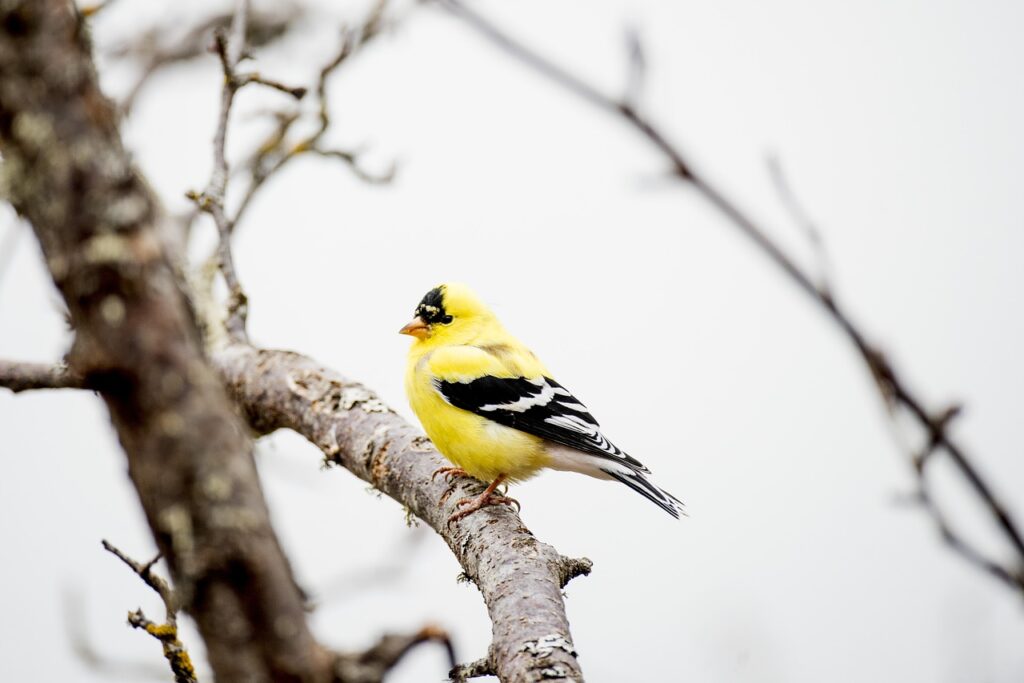
Frequently Asked Questions About Attracting Finches
How do you attract goldfinches to a small space garden?
If you don’t have room for a large wildlife garden, you can still attract finches to a small outdoor space by hanging up a sock feeder filled with nyjer seeds. You may also want to grow a few seed-bearing plants in outdoor containers, such as coneflower and black eyed Susan.
Why aren’t the finches coming to my feeder?
It can sometimes take birds a while to find new feeders, so you may just need to be patient. However, if you have a bird feeder filled with seeds and no finches in sight, check your feeder to make sure the seeds aren’t matted together into a clump. If the seeds have clumped together, birds won’t be able to eat them!
Aside from the eastern goldfinch bird, what other finches are native to North America?
North America has a variety of native finches and finch-like birds, including pine siskins, grosbeaks, purple finches and redpolls.
